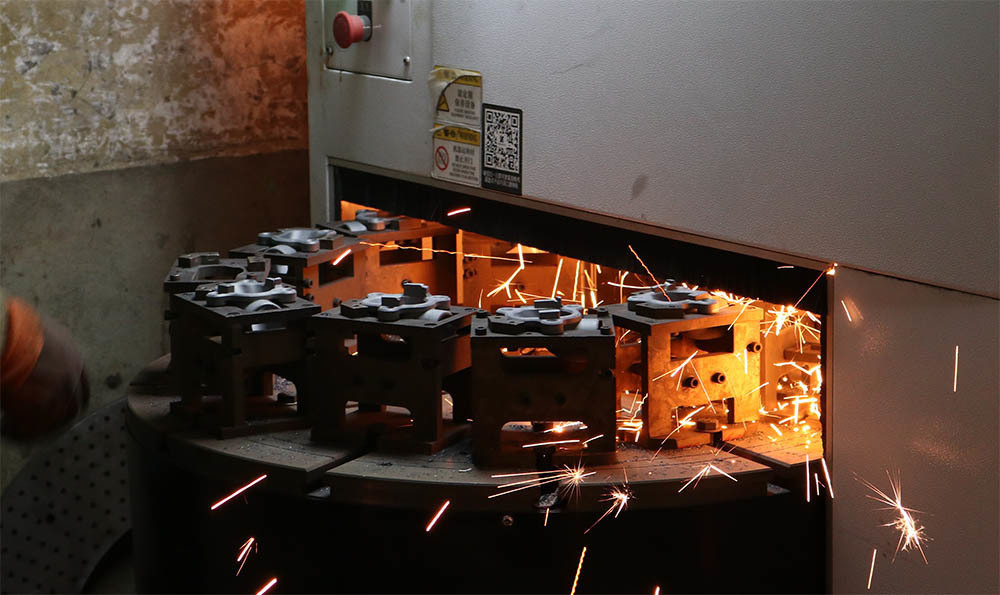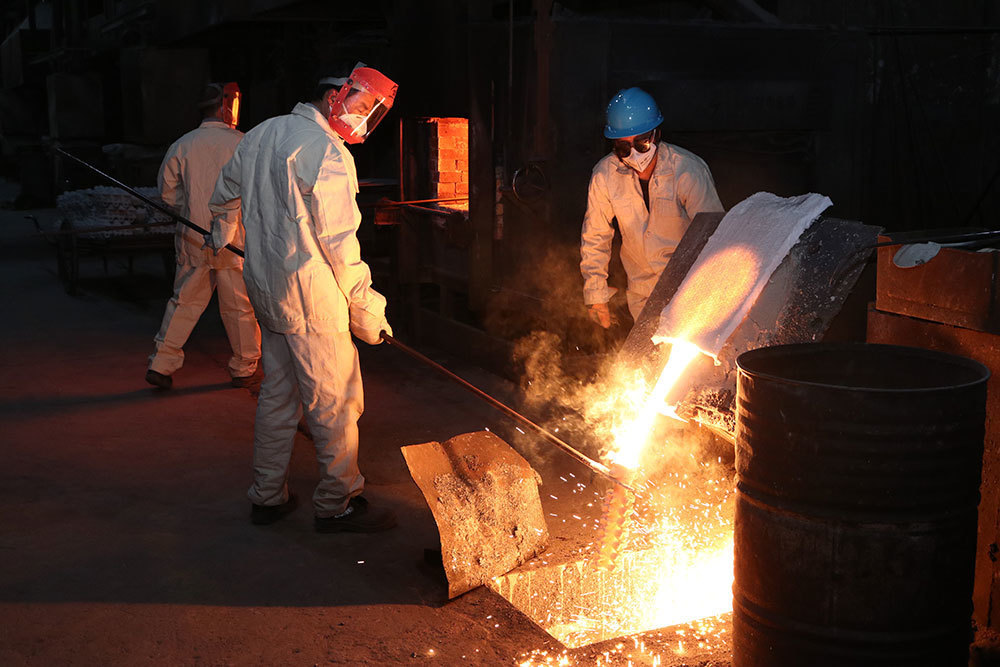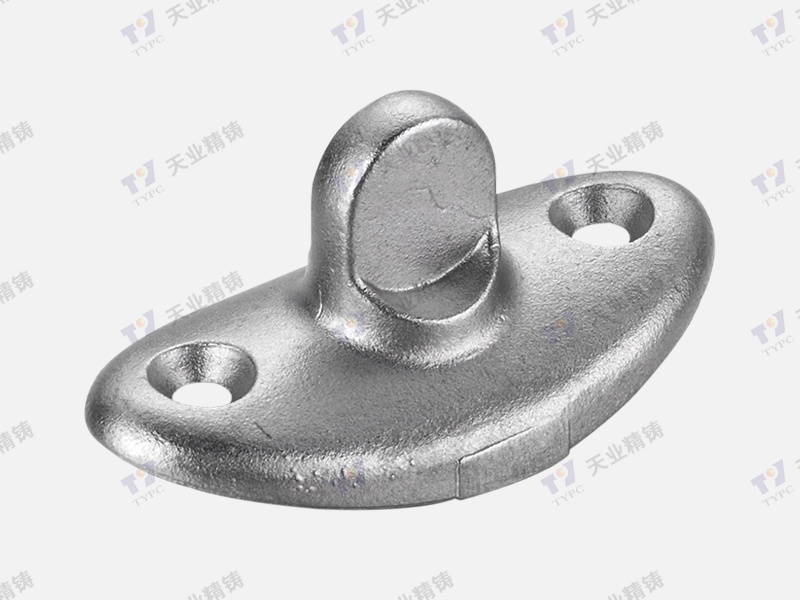2025-06-11
Understanding Investment Casting Parts: A Key Component in Industrial Equipment
Investment casting, often referred to as lost-wax casting, is a sophisticated manufacturing process that plays a pivotal role in producing high-precision components for various industries, including industrial equipment. The method involves creating a wax pattern, coating it in a ceramic shell, and then melting the wax away, leaving a hollow cavity that is filled with molten metal. This technique is favored for producing complex shapes and intricate designs that may be challenging to achieve through traditional manufacturing methods.
One of the primary benefits of investment casting parts is their remarkable dimensional accuracy. Components produced through this method can achieve tolerances as precise as ±0.005 inches, significantly reducing the need for extensive machining and finishing processes. This accuracy not only saves time but also minimizes material waste, making investment casting a cost-effective solution for manufacturers.
Another advantage of investment casting is its ability to work with a wide range of materials. From traditional metals like steel and aluminum to advanced alloys and superalloys, investment casting can accommodate various material requirements. This versatility allows manufacturers to select the best material for their specific application, ensuring that the final product meets desired performance and durability standards.
The investment casting process also promotes design flexibility. It enables the production of parts with complex geometries, which can include intricate internal structures and fine details. This capability is particularly valuable in industries such as aerospace and automotive, where lightweight components with high strength are essential. By utilizing investment casting, designers can innovate and improve product functionality, leading to enhanced performance and efficiency.
Furthermore, investment casting parts are characterized by a superior surface finish. The ceramic shell left behind after the wax is removed results in smoother surfaces compared to other casting methods. This feature reduces the need for secondary operations, such as polishing or grinding, further optimizing production efficiency.
While investment casting is an excellent choice for many applications, it is essential to consider some factors before choosing this method. The initial tooling and setup costs can be significant, particularly for small production runs. Therefore, it is crucial to assess the volume and complexity of the components needed to determine if investment casting is the most suitable approach.
In conclusion, investment casting parts represent a valuable option in the manufacturing of industrial equipment and components. With their high precision, material versatility, design flexibility, and superior surface finish, these parts can greatly enhance product performance while streamlining the production process. As industries continue to evolve and demand more innovative solutions, investment casting will play a vital role in meeting these challenges effectively.
One of the primary benefits of investment casting parts is their remarkable dimensional accuracy. Components produced through this method can achieve tolerances as precise as ±0.005 inches, significantly reducing the need for extensive machining and finishing processes. This accuracy not only saves time but also minimizes material waste, making investment casting a cost-effective solution for manufacturers.
Another advantage of investment casting is its ability to work with a wide range of materials. From traditional metals like steel and aluminum to advanced alloys and superalloys, investment casting can accommodate various material requirements. This versatility allows manufacturers to select the best material for their specific application, ensuring that the final product meets desired performance and durability standards.
The investment casting process also promotes design flexibility. It enables the production of parts with complex geometries, which can include intricate internal structures and fine details. This capability is particularly valuable in industries such as aerospace and automotive, where lightweight components with high strength are essential. By utilizing investment casting, designers can innovate and improve product functionality, leading to enhanced performance and efficiency.
Furthermore, investment casting parts are characterized by a superior surface finish. The ceramic shell left behind after the wax is removed results in smoother surfaces compared to other casting methods. This feature reduces the need for secondary operations, such as polishing or grinding, further optimizing production efficiency.
While investment casting is an excellent choice for many applications, it is essential to consider some factors before choosing this method. The initial tooling and setup costs can be significant, particularly for small production runs. Therefore, it is crucial to assess the volume and complexity of the components needed to determine if investment casting is the most suitable approach.
In conclusion, investment casting parts represent a valuable option in the manufacturing of industrial equipment and components. With their high precision, material versatility, design flexibility, and superior surface finish, these parts can greatly enhance product performance while streamlining the production process. As industries continue to evolve and demand more innovative solutions, investment casting will play a vital role in meeting these challenges effectively.









